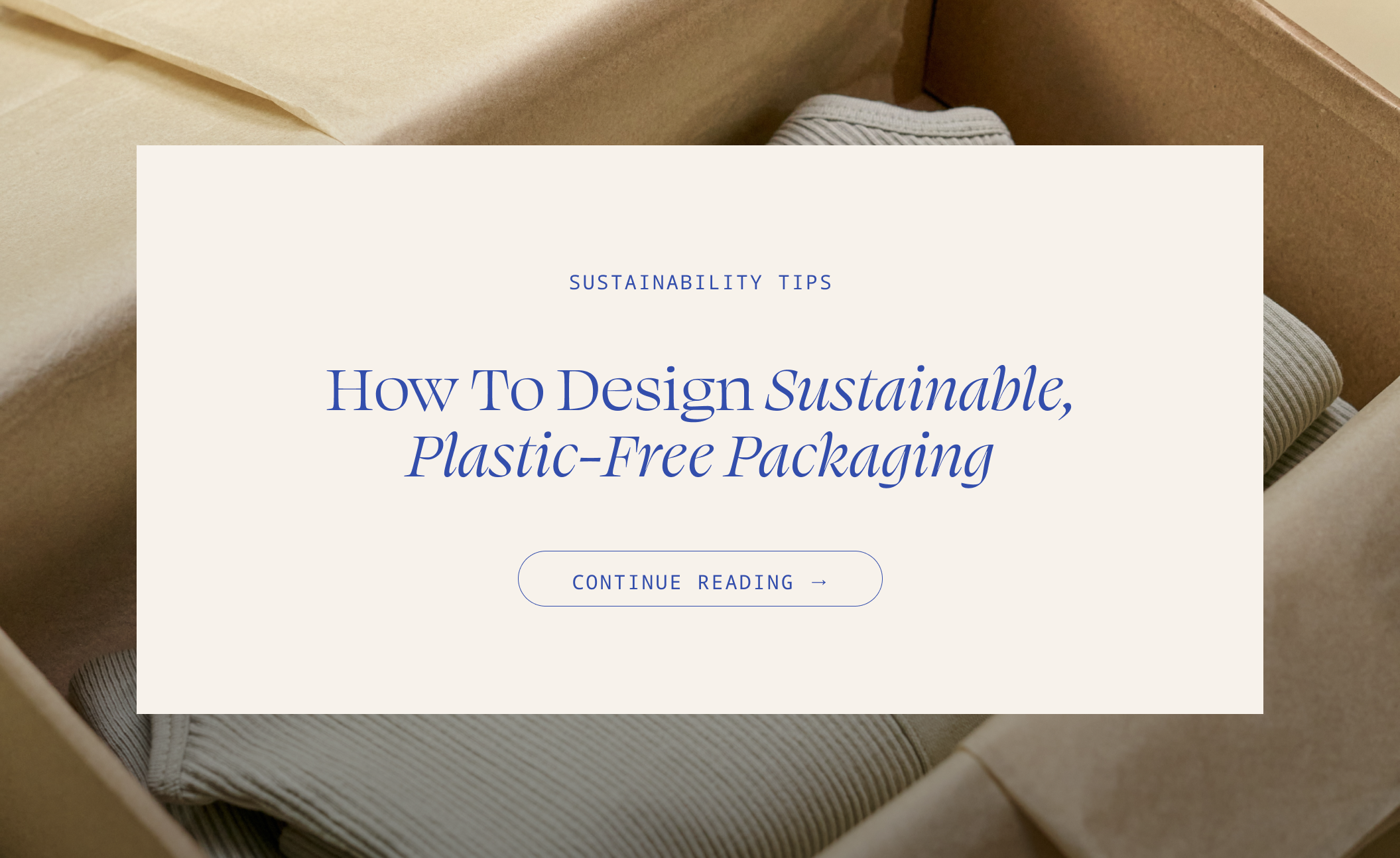How to Design Sustainable Plastic-Free Packaging
In recent years, there has been a growing movement toward more sustainable packaging design. As consumers become more aware of the environmental impact of packaging, companies are starting to respond with innovative and eco-friendly alternatives. One of the most important steps companies can take is to reduce or eliminate the use of plastic in their packaging.
Here are some other sustainable packaging design tips to consider:
Image source credit: Mart Production
Use Recyclable Materials
Choosing packaging materials that are recyclable is a great way to reduce waste. Materials like paper, glass, and aluminum are all highly recyclable and can be used in a variety of packaging applications.
Use Biodegradable Materials
Another option is to use biodegradable materials that will break down in the environment over time. Materials like bamboo, cornstarch, and mushroom packaging are all biodegradable and can be a great alternative to traditional plastic.
Image source credit: Anna Nekrashevich
Reduce Packaging Waste
One of the simplest ways to reduce the environmental impact of packaging is to reduce the amount of waste produced. This can be achieved by using minimal packaging, designing packaging that can be reused, or using packaging that is made from recycled materials.
Consider Sustainable Design Principles
Finally, it's important to consider sustainable design principles when creating packaging. This means designing packaging that is easy to recycle or reuse, using non-toxic materials, and designing packaging that is durable and long-lasting.
Check out our previous client, Lavender & Twine who opted for sustainable packaging:
Our goal with Lavender + Twine’s packaging was to leave as little footprint as possible. We sourced many custom boxes, stamps, stickers, and tissue paper and ultimately found food-safe and earth-safe options. Our options left us with bare-boned boxes that were versatile to play with stamps, stickers to write flavors + expiry dates on, cards from recycled paper, food-safe wax paper with our printed pattern, and ribbon to tie it together. Each element was able to be repurposed for all of the boxes and mix/matched so that we never wasted a piece.
Be encouraged — it doesn't have to be hard!
One of the simplest ways to reduce the environmental impact of packaging is to reduce the amount of waste produced.
Image Source Credit: Mathilde Langevin
By following these tips, you can create packaging that is not only environmentally friendly, but also attractive and functional. As consumers continue to demand more sustainable packaging options, companies who prioritize sustainability will be well-positioned to succeed in the marketplace.
Want to check out more of our tips on sustainable packaging?
Check out our Instagram post here.
If you're looking for help designing packaging that is a feast for the eyes (but not the environment), our team would be happy to help!
Let us help tell your story in the most beautiful and caring way. Fill out an inquiry form or hit reply to send us an email so we can start the conversations. We know you have a story to tell and lives to touch, let us help you get there.








